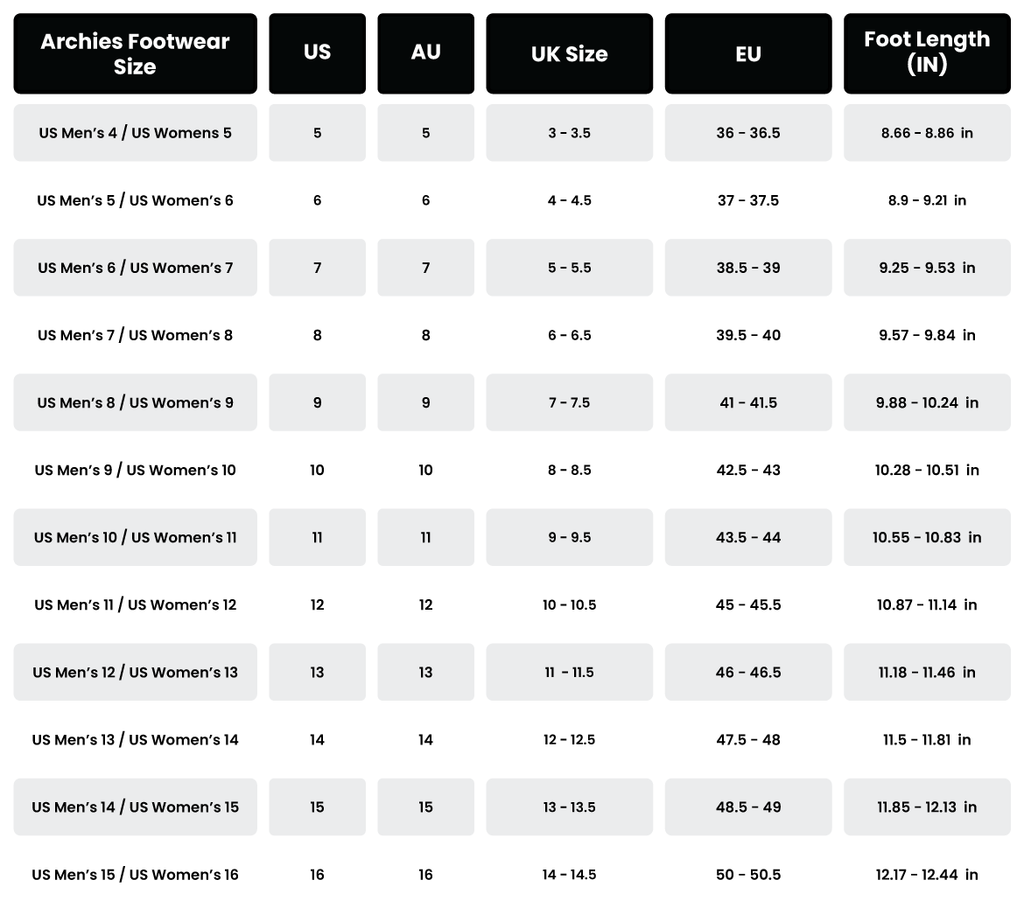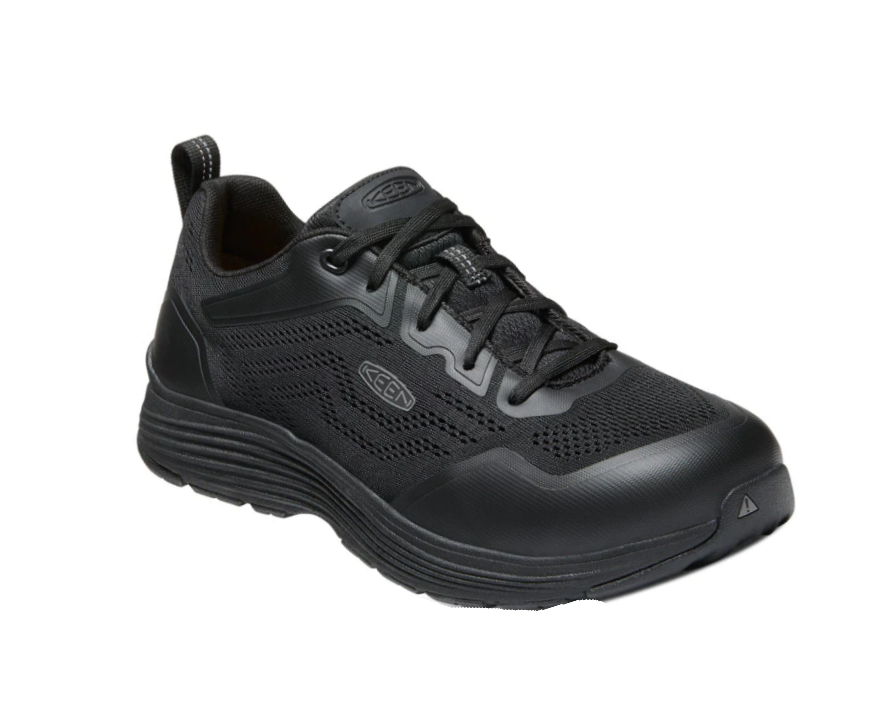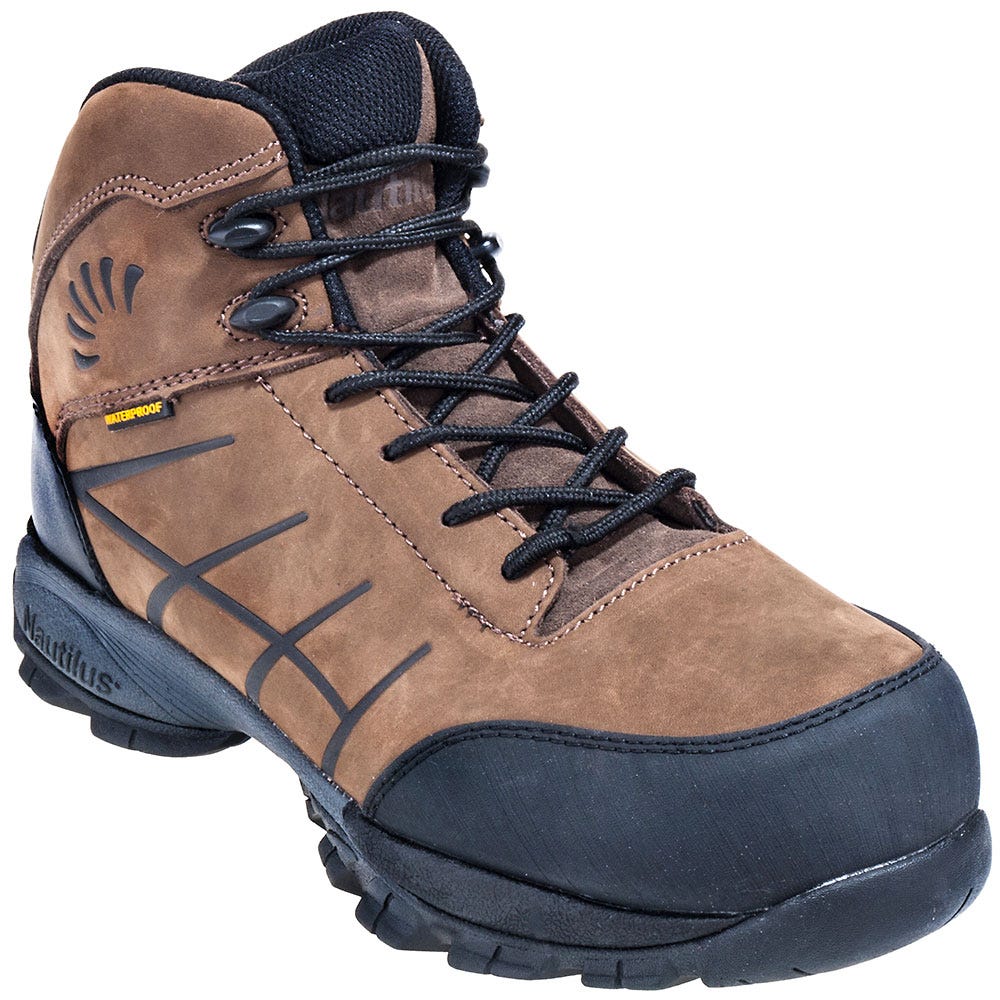Footwear Conversion Chart Guide

Understanding shoe sizes can be a daunting task, especially when dealing with different measurement systems used around the world. The primary systems in use are the US, UK, European, and Japanese sizes, each with its own scaling. For individuals who shop globally or have feet that fit into a unique size category, navigating these various systems is crucial. This guide is designed to help clarify the conversion process between these systems, ensuring a better fit and enhanced shopping experience, whether online or in physical stores.
Introduction to Shoe Size Systems
Before diving into the conversion process, it’s essential to understand the basic structure of each system.
- US Sizes: These are commonly used in the United States and are based on the Brannock Device, a measuring instrument designed to measure foot length and width. US sizes for men and women are scaled differently.
- UK Sizes: Used in the United Kingdom, these sizes are similar to US sizes but are not identical. The UK system is also used in other parts of the world, including Australia and New Zealand.
- European Sizes: Also known as Paris Points, this system is used across continental Europe. It measures shoe sizes in two-thirds of a centimeter increments, providing a more granular measurement system.
- Japanese Sizes: Used in Japan, this system is based on the metric system, measuring foot length in centimeters.
Conversion Basics
Converting between these systems requires understanding the base measurements and how each system scales. Here is a simplified approach:
- US to UK: For men, UK sizes are roughly equivalent to US sizes minus 1. For women, UK sizes are generally the same as US sizes.
- US to European: European sizes are typically 33-35 for a US women’s size 4-5 and can go up to 45 for larger sizes. For men, a US size 7 corresponds to a European size 40.
- UK to European: Similar to US to European conversions but starting from the UK base. For instance, a UK size 7 in men’s corresponds to about a European size 41.
Detailed Conversion Charts
To make conversions easier, here are detailed charts for each combination:
Men’s Sizes
| US | UK | European | Japanese (cm) |
|---|---|---|---|
| 6 | 5.5 | 39 | 23.5 |
| 7 | 6 | 40 | 24.5 |
| 8 | 7 | 41 | 25.5 |
| 9 | 8 | 42 | 26.5 |
| 10 | 9 | 43 | 27.5 |
| 11 | 10 | 44 | 28.5 |

Women’s Sizes
| US | UK | European | Japanese (cm) |
|---|---|---|---|
| 4 | 2 | 34 | 20.5 |
| 5 | 3 | 35 | 21.5 |
| 6 | 4 | 36 | 22.5 |
| 7 | 5 | 37 | 23.5 |
| 8 | 6 | 38 | 24.5 |
| 9 | 7 | 39 | 25.5 |
Practical Conversion Tips
- measure your feet: Before converting sizes, ensure you have an accurate measurement of your foot length and width. Use a Brannock Device or a similar tool for precise measurements.
- Check the manufacturer’s chart_: Different brands may have slightly varying sizes due to design and material differences. Always refer to the specific brand’s size chart.
- **Use online conversion tools_: For convenience, many websites offer size conversion tools. These can be useful but remember that they might not cover every brand or style accurately.
FAQs
Why do different countries have different shoe size systems?
+Historical and practical reasons have led to the development of different systems. For instance, the US system originated from the Brannock Device, while European sizes follow a more metric approach. These systems have been in place for decades, and changing them would require significant international coordination.
How accurate are online shoe size conversion tools?
+While online conversion tools can be very helpful, their accuracy can vary. Different brands may have unique sizing, and not all tools account for these variations. For critical conversions, it's best to consult the manufacturer's sizing chart or visit a physical store for a professional fitting.
What if I have half sizes or wider/narrower feet?
+For individuals with half sizes or specific width requirements, finding the right fit can be more challenging. Some brands offer half sizes or width options. When shopping, look for brands that cater to your specific foot type. Custom or bespoke shoe options are also available for those with very unique foot shapes or sizes.
Conclusion
Navigating the world of shoe sizes can indeed be complex, especially when dealing with international conversion. However, with the right tools and a bit of knowledge, finding the perfect fit becomes much simpler. Whether you’re shopping online or in a physical store, understanding the conversion processes and utilizing the resources available can significantly enhance your shopping experience. Remember, the key to a comfortable and well-fitting shoe is not just about the size but also about the brand, style, and personal preference.



